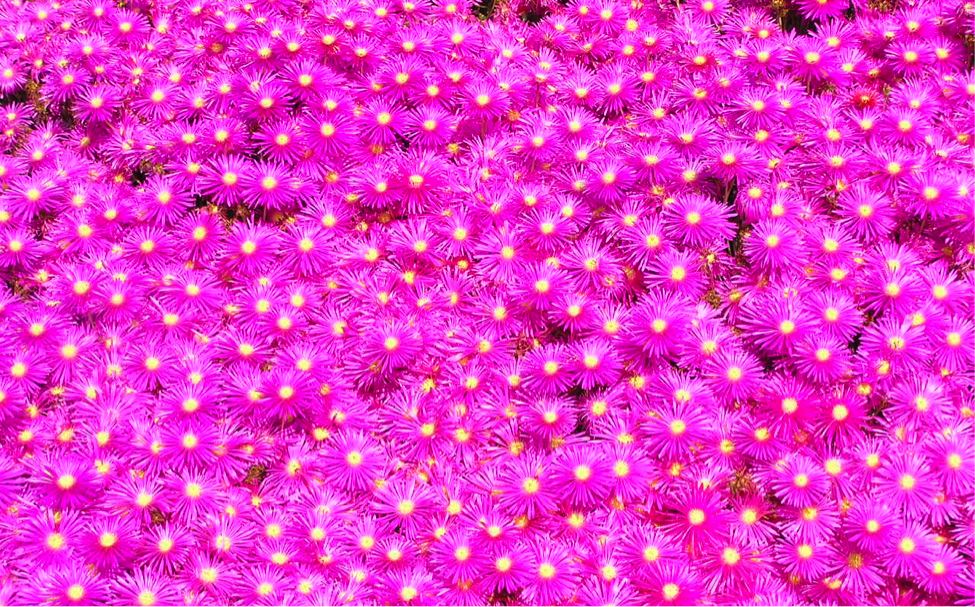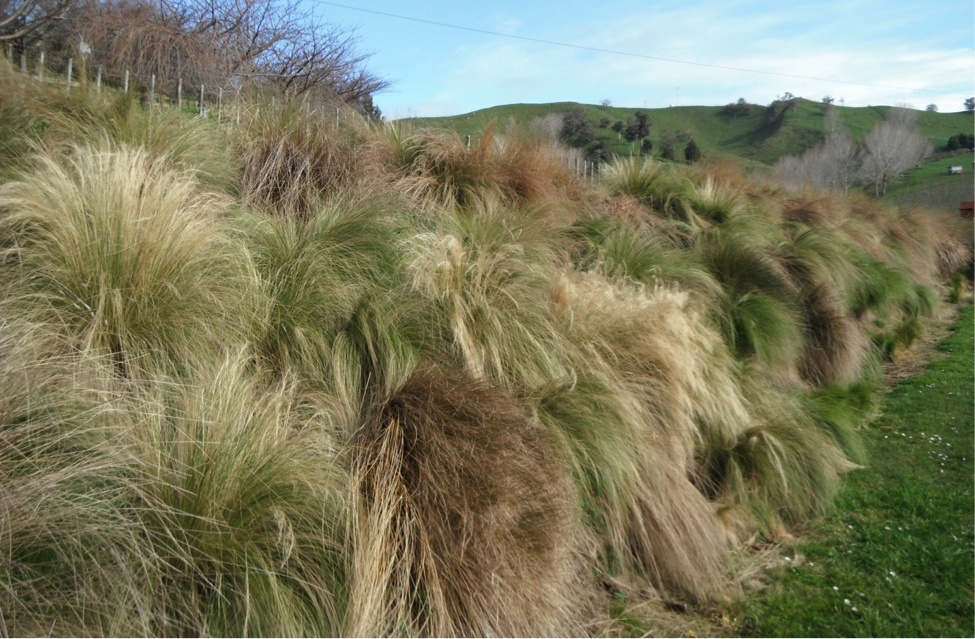
Drought-tolerant, non-invasive Trailing iceplant in bloom. Information about this and more water-wise garden plants available for Sustainable Conservation’s forthcoming Guide to Low Water Landscapes.
Everyone loves a great looking yard. But many our favorite plants, shrubs and trees require lots of water to look their best. If you live in a region where water is scarce, our free guide will help you pick beautiful plants that thrive on little or no watering.
Sign Up to Get Our Guide
Sustainable Conservation’s free Guide to Low Water Landscapes will be available soon. To receive a copy as soon as it is finished, email us today! Sustainable Conservation will never share your email address. (Read our privacy policy.)
What’s in Our Guide
• How to select plants that will thrive on little to no water
• Avoiding problem invasive plants
• Tools to help keep your garden looking its best
Choose the Right Plants
Understanding your climate zone and what plants will naturally thrive in your area is the key to successful gardens that rely on little water. Plants that are native to your region and regions with similar climates are well adapted to the amount and timing of rainfall that your area receives and less likely to succumb to pests and diseases. The result? Your garden looks more beautiful and healthier, with less water and effort on your part!
Our forthcoming Guide to Low Water Landscapes will provide information on different regions of the state and the kinds of plants that do well in each, so email us today to get your copy.
Avoid Invasive Plants, Plant Environment-Friendly
Most of the plants used in gardens and landscaping do not invade or harm wild areas. But a few vigorous species can – and do – escape into open spaces and cause a variety of problems. They displace native plants and destroy habitat for wildlife, increase fire and flood danger, and clog rivers and streams. Invasive species are a leading threat to biodiversity, second only to outright habitat destruction.
A plant’s invasiveness is largely a matter of location and climate. Some plants, away from restraints in their native ranges, escape gardens and take over entire wild landscapes. Do your part by avoiding the plants that are invasive in your area.

Our Guide to Low Water Landscapes will offer safe, beautiful, and water-wise alternatives to damaging invasives like Mexican feather grass.
Tools to Help
Our complete guide will direct you to the best sources of information on planning your dry garden. In the meantime, here are a couple excellent places to start.
• California Regional Water-Smart Gardening Web Sites
• Summer-Dry Plants
Email us today to get your free copy of our Guide to Low Water Landscapes for planting a beautiful garden that’s water-wise.
